- What Earth’s Magnetic Field Has to Do With Climate History - October 7, 2025
- The Science Behind Heat Domes and Their Growing Impact - October 7, 2025
- What Ancient Lake Beds Teach Us About Past Rainfall Patterns - October 6, 2025
Lima’s Nightmare: When the Earth Shook at Midday
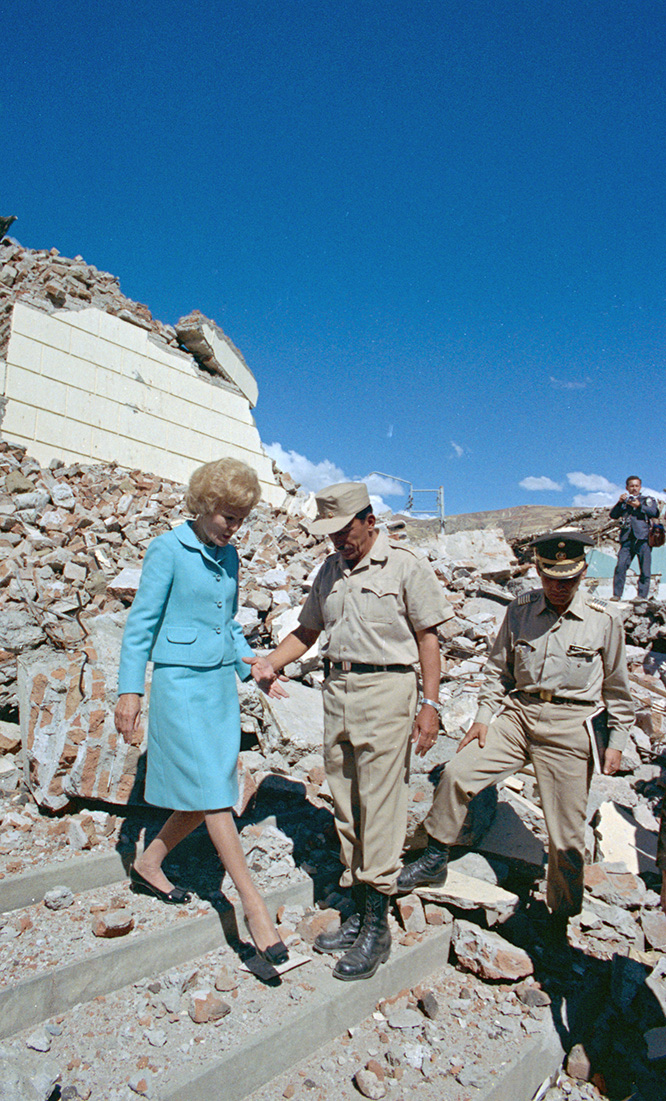
Imagine sitting down for Sunday lunch when suddenly the ground beneath your feet starts trembling violently. At least one person has been killed, and five others injured after a 5.6 magnitude earthquake hit Peru and was felt throughout the capital, Lima. The United States Geological Survey (USGS) said on Sunday that the earthquake occurred at 11:35am (16:35 GMT) local time in the Pacific Ocean, with its epicentre located 23km (14 miles) southwest of Callao, a port city west of the capital Lima. The earth didn’t just shake – it roared. A strong earthquake registered by the Geophysical Institute of Peru (IGP) as M6.1 hit near the coast of Lima, Peru, at 16:35 UTC (11:35 local time) on June 15, 2025. The agency is reporting a depth of 49 km (78 miles). For Peru, this wasn’t just another tremor – it was a deadly reminder of the country’s position on one of the world’s most volatile geological zones. According to the USGS PAGER, 11 006 000 people are estimated to have felt light shaking. Picture millions of people in Lima suddenly stopping their Sunday activities as their city swayed beneath them.
The Tragic Human Cost: Lives Lost in Seconds

Police Colonel Ramiro Clauco told the Peruvian broadcaster RPP radio that a 36-year-old man died in northern Lima while “standing outside his vehicle waiting for a passenger”. A 36-year-old man died in northern Lima while “standing outside his vehicle waiting for a passenger” when a wall from the fourth floor of a building under construction detached and fell on his head, Police Col. Ramiro Clauco told RPP radio. The victim was simply doing what millions of people do every day – waiting for a ride, maybe thinking about his family or the week ahead. In that split second, falling debris changed everything. A 5.6 magnitude earthquake that struck off Peru’s central coast Sunday, rattling Lima and the port city of Callao, has left one person dead and five injured, authorities said. The five people injured are being treated in hospitals, the Emergency Operations Center said. These aren’t just statistics – they represent families whose worlds turned upside down in moments. The death occurred when a motorcycle taxi driver, waiting for a passenger outside a building in Lima, was struck and killed by falling debris caused by the earthquake, according to local media reports.
Infrastructure Under Siege: When Buildings Become Weapons
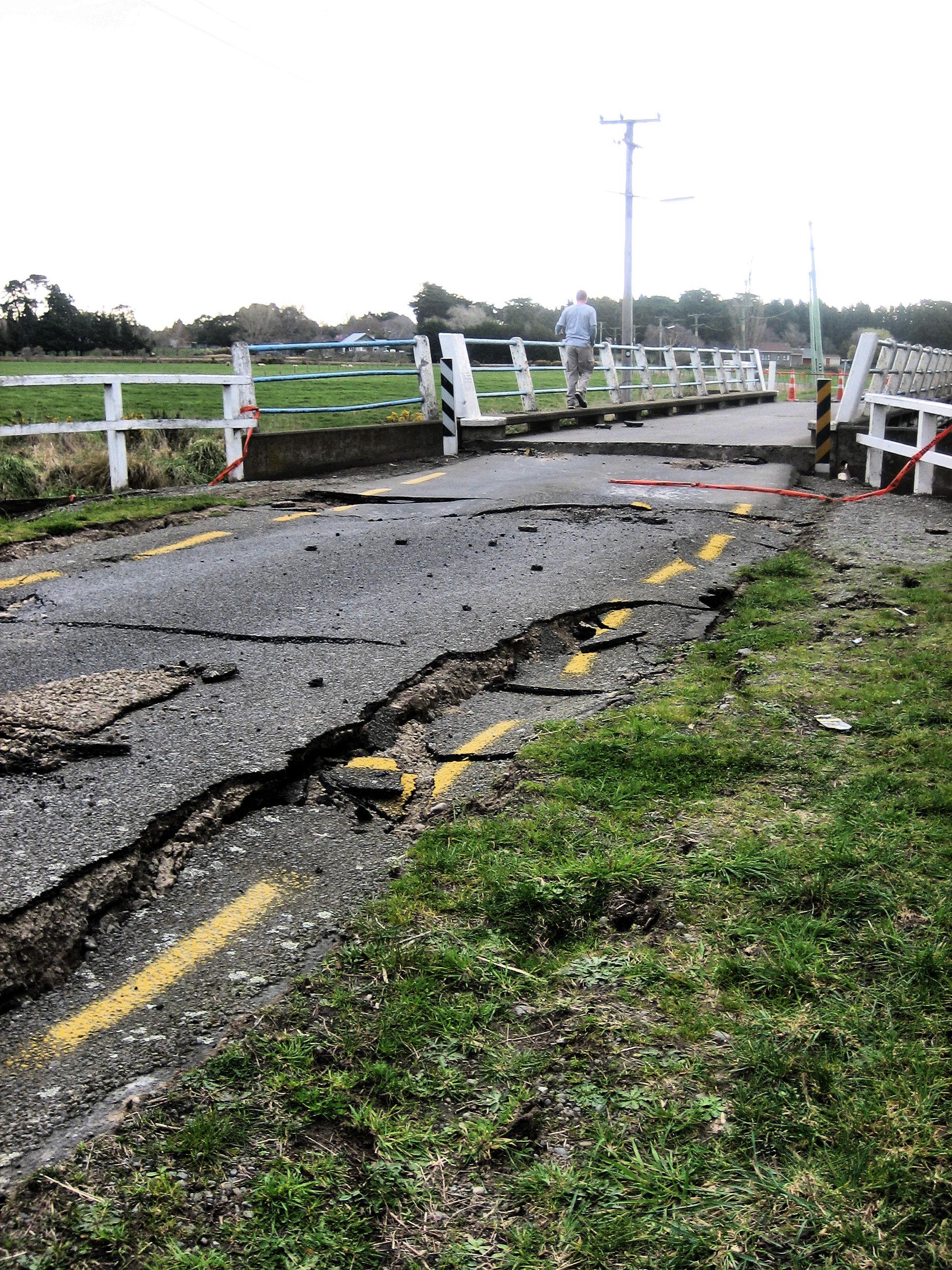
The agency also reported damage to roads and educational centers. The agency also reported damage to roads and educational centers. What’s truly shocking is how quickly Peru’s infrastructure buckled under the pressure. Unfortunately, at least one person has been killed after a wall collapsed in Lima’s Independencia district. In addition to the reported fatality, local media and authorities noted minor landslides and rockfalls along the Costa Verde coastal highway in Miraflores, with several incidents of falling debris bl It also reported an undetermined number of homes and roads with damage, as well as five health facilities affected. The earthquake didn’t discriminate – it damaged homes where families live, schools where children learn, and hospitals where people seek healing. Think about it: five health facilities were affected during a crisis when they were needed most. President Dina Boluarte is heading to Callao to monitor developments, the Peruvian presidency said on X. Footage shared by local media also showed cars hit by falling debris, damaged houses and collapsed billboards.
Costa Verde Chaos: Nature’s Wrath Unleashed
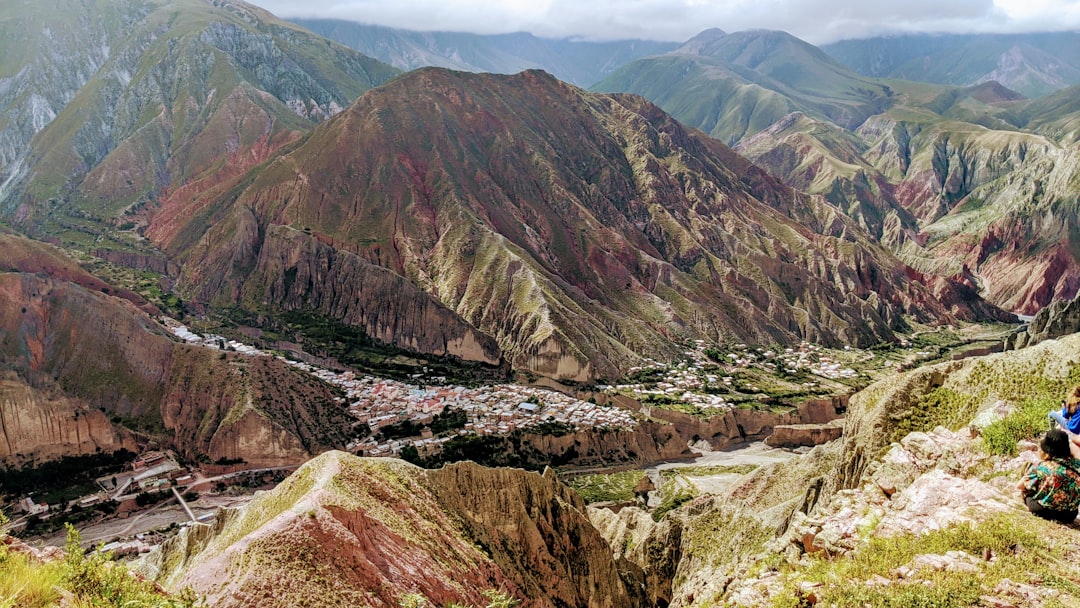
The M5.6 earthquake less than an hour ago has triggered landslides on the Costa Verde in Lima, Peru The coastal highway, typically bustling with traffic and tourists, transformed into a danger zone within minutes. The epicenter was located 24 km (15 miles) WSW of Callao (population 1.3 million) and 29 km (46 miles) SW of Lima (population 7.7 million). Imagine driving along what you thought was a safe route, only to witness chunks of earth tumbling down the cliffsides. This region lies within the central Peruvian coastal zone, where urban density and infrastructure are among the highest in the country. Both the Jorge Chávez International Airport and Peru’s principal seaport are located within the affected area. The landslides weren’t just inconvenient – they were life-threatening events that showed how quickly Peru’s landscape can turn hostile. Recent earthquakes in this area have caused secondary hazards such as landslides that might have contributed to losses. It’s like nature was throwing a tantrum, and everything in its path paid the price.
When Sports and Worship Stopped: A City Paralyzed
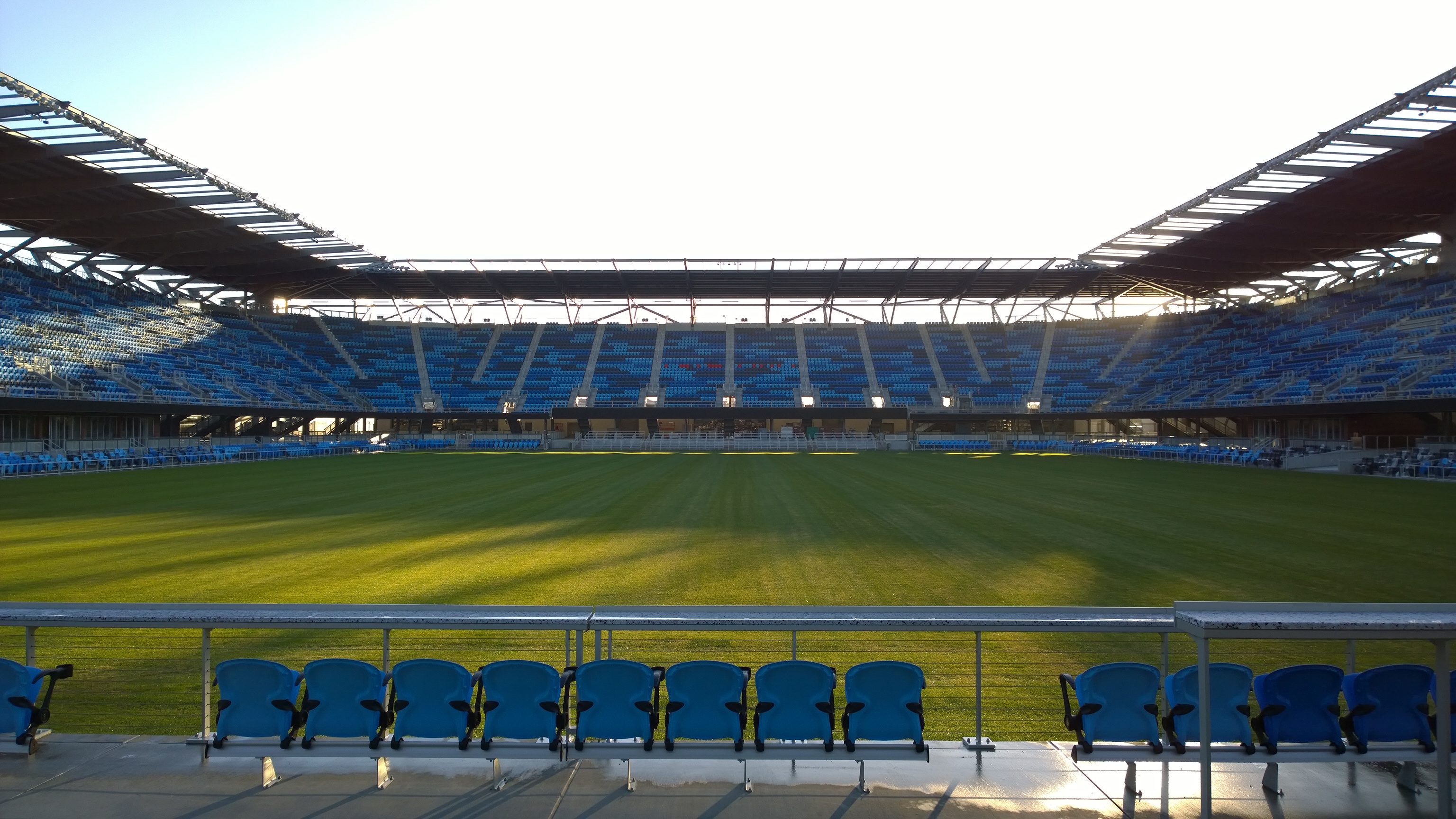
All of Lima’s districts felt the earthquake, Hernando Tavera, executive president of the Geophysical Institute of Peru, told local TV channel N. Local radio stations reported that a professional football match at Lima’s Alberto Gallardo Stadium was paused for several minutes. Local radio stations also reported that the quake led to the cancellation of a major football match scheduled to be held in Lima. Picture thousands of football fans suddenly realizing that their weekend entertainment had become a matter of survival. A mass at Lima’s cathedral was also interrupted, after frightened worshippers fled the scene. Even sacred spaces couldn’t provide sanctuary from the earth’s fury. The earthquake didn’t care about schedules, prayers, or celebrations – it demanded everyone’s immediate attention. 🛑PARTIDO PAUSADO POR SISMO EN LA CIUDAD DE LIMA#SportingCristal 0-0 #Garcilaso When both stadiums and cathedrals empty in panic, you know something serious is happening.
Peru’s Vulnerability: Living on the Edge of Destruction
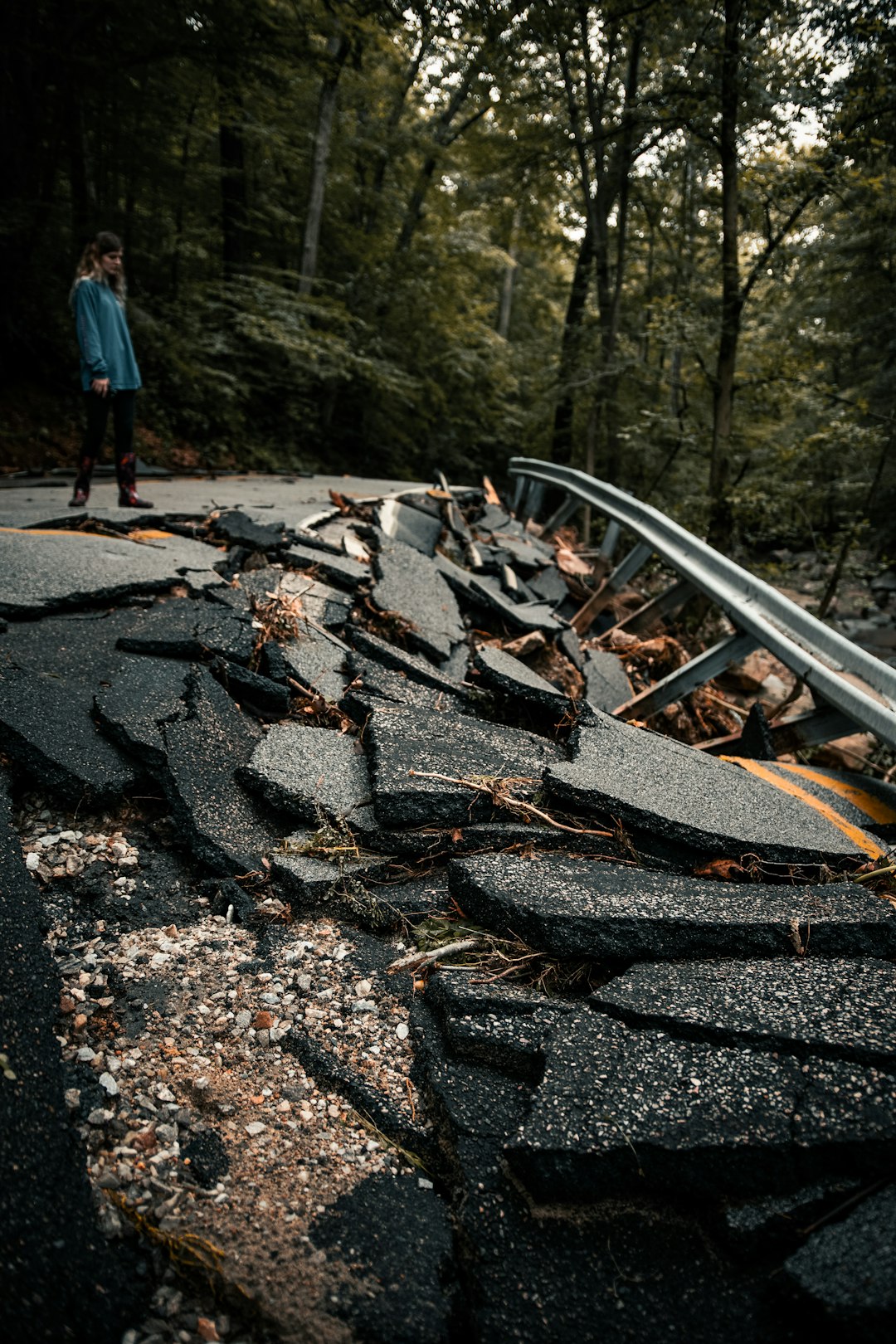
Overall, the population in this region resides in structures that are highly vulnerable to earthquake shaking, though some resistant structures exist. The predominant vulnerable building types are mud wall and reinforced/confined masonry construction. This is Peru’s harsh reality – millions of people living in homes that weren’t built to withstand nature’s violence. Metropolitan Lima is subject to frequent seismic activity that can damage critical infrastructure such as schools and threaten the lives of schoolchildren. Nowadays, there are thousands school buildings with non-adequate earthquake resistant structures. It’s heartbreaking to think that children go to school in buildings that could become death traps during an earthquake. Earthquakes of this magnitude are capable of causing localized landslides and structural damage, especially in poorly consolidated slopes and older buildings. Peru isn’t just dealing with one earthquake – it’s battling a systemic vulnerability that puts millions at risk every single day.
The Ring of Fire’s Deadly Embrace
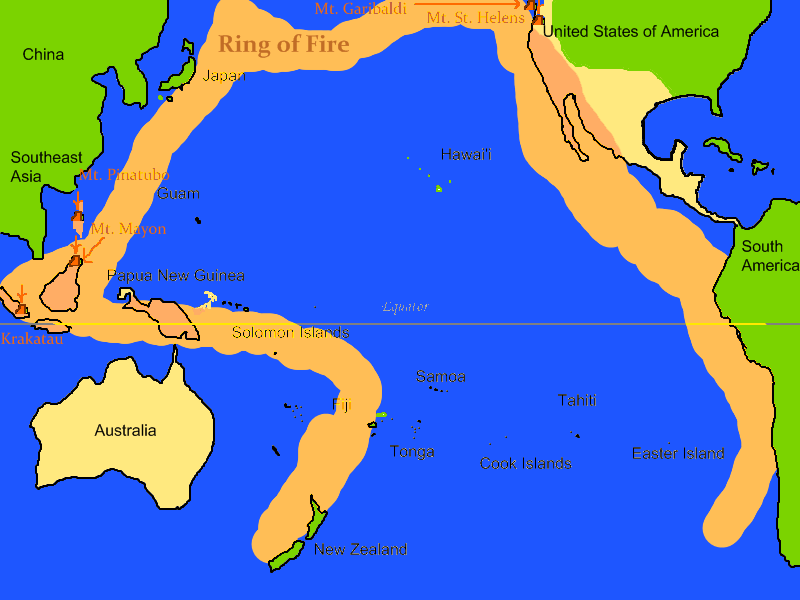
The South American country lies on what is known as the “Ring of Fire”, a path along the Pacific Ocean that is frequently struck by earthquakes and active volcanic activity, with Peru averaging at least 100 detectable earthquakes every year. Roughly 90 percent of all earthquakes occur along the Ring of Fire, and the ring is dotted with 75 percent of all active volcanoes on Earth. Peru didn’t choose to live in this geological nightmare zone – it was born into it. Nazca Plate: Subducting beneath the South American Plate, forming the Andes Mountains and causing earthquakes in South America. Here, the subduction of the Nazca Plate and the Cocos Plate beneath the westward-moving South American Plate gives rise to the Andean Volcanic Belt. Think of Peru as sitting on a giant pressure cooker that occasionally releases steam in the form of devastating earthquakes. An estimated 90 percent of the world’s earthquakes and 75 percent of our planet’s volcanoes occur along what is called the Ring of Fire, also known as the Pacific Ring of Fire.
Peru’s Earthquake Statistics: A Grim Reality
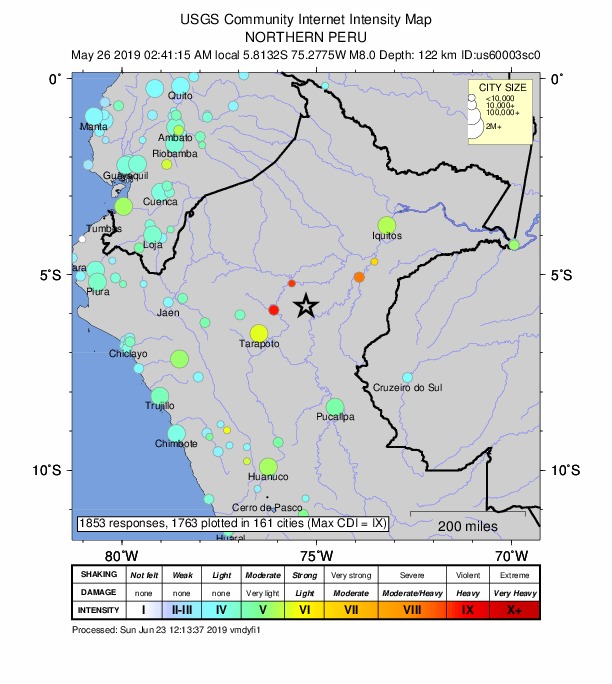
A total of 5266 earthquakes with a magnitude of four or above have struck within 300 km (186 mi) of Peru in the past 10 years. This comes down to a yearly average of 526 earthquakes per year, or 43 per month. That’s more than one earthquake every single day that’s strong enough to be felt. So far in 2025, 553 major nearby earthquakes detected… Peru experiences at least 400 earthquakes felt by its residents each year, as it lies on the Pacific Ring of Fire, a zone of seismic activity that runs along the west coast of the Americas. Imagine living in a country where the ground shaking is as common as rain in other places. It is the strongest earthquake in Peru in 29 days. As recently as May 17th, a magnitude 6.0 earthquake occurred about 8 km south of Puquio (Ayacucho). The June 15th earthquake wasn’t an isolated incident – it was just the latest in an endless series of geological violence that Peruvians face regularly.
The Nazca Plate’s Relentless Push
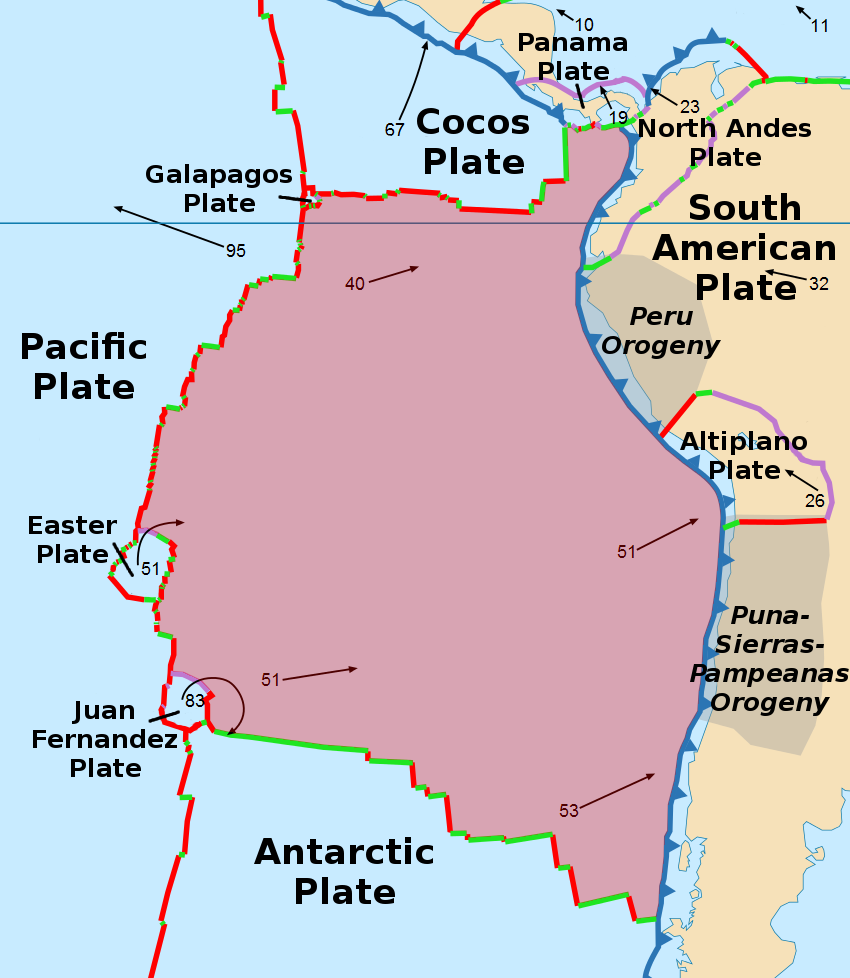
At this very moment, the Nazca oceanic plate is being driven underneath the South American continental plate. The point of contact is called a “subduction zone.” Because the ocean plate isn’t going down smoothly, the convergence process sets off a lot of earthquakes in western South America. The more accurately located events that occurred beneath central and northern Peru clearly define a shallow-dipping (about 10°) inclined seismic zone that extends inland for a distance of about 700 km from the Peru trench. Although the intermediate-depth events are not uniformly and continuously distributed along the strike of the arc, the available data are best explained by a single Benioff zone that defines the descending Nazca plate beneath central and northern Peru. This isn’t a gentle process – it’s like having a massive bulldozer constantly pushing against your foundation. It results from the subduction of the Nazca Plate beneath the South American Plate. Peru is literally being squeezed and twisted by forces beyond human comprehension, and occasionally, that pressure has to be released somewhere.
Recent Seismic Activity: A Pattern of Destruction
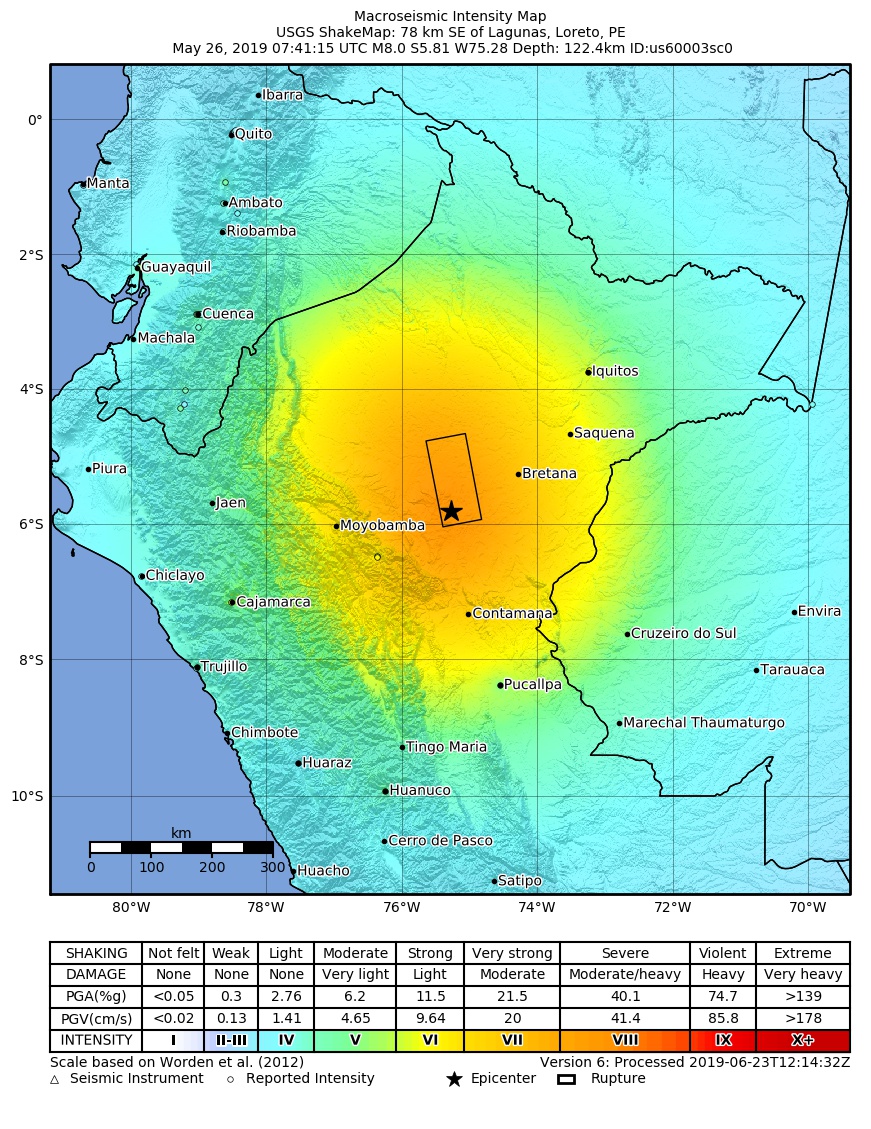
A strong earthquake registered by the USGS as M6.0 hit central Peru at 10:22 UTC on May 17, 2025, at a depth of 92 km (57 miles). LIMA, May 17 (Reuters) – An earthquake of magnitude 6 struck central Peru on Saturday but there were no immediate reports of damage in the nearest town, Puquio, in the Andean region of Ayacucho, due to its depth, the state-run Geophysical Institute of Peru said. Just weeks before the Lima earthquake, Peru was already being shaken by significant seismic events. A powerful earthquake of magnitude of 7.0 struck near the coast in southern Peru’s Arequipa region on Friday, local officials said, adding no deaths had been reported. A total of eight people have been injured. Following the earthquake, Arequipa was hit by four aftershocks of 4 to 4.6 magnitude, causing some landslides on local roads. Peru isn’t just dealing with single earthquakes – it’s battling earthquake swarms that seem to never end. The last major earthquake occurred in 2021 in the Amazon region, registering a magnitude of 7.5, and left 12 people injured, destroying more than 70 homes.
The recent earthquake near Lima represents more than just another geological event – it’s a stark reminder of Peru’s precarious position on one of Earth’s most dangerous fault lines. With over 11 million people feeling the shaking and critical infrastructure remaining vulnerable, the question isn’t whether another major earthquake will strike Peru, but when. What will it take for Peru to build the resilient infrastructure its people desperately need?

